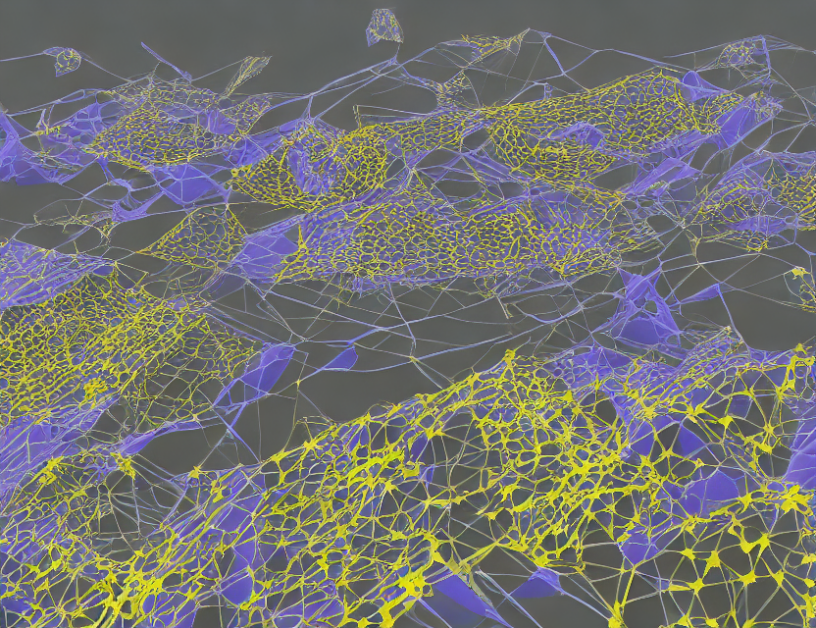Advanced natural language processing (NLP) techniques, particularly large language models (LLMs), are revolutionizing the field of clinical report generation. These models can automate report generation and summarization tasks with remarkable accuracy. In this review, we will explore the current state-of-the-art in clinical report generation using NLP, highlighting the key techniques, applications, and future directions.
Background
Clinical reports are essential for communication between healthcare providers and patients. However, generating accurate and comprehensive reports can be a time-consuming and challenging task, especially for complex cases. To address this challenge, researchers have been exploring the potential of NLP to automate clinical report generation.
Advances in NLP
Several recent advances in NLP have enabled the development of highly accurate clinical report generators. These include:
- Large language models (LLMs): LLMs, such as GPT-4 and GPT-7, are capable of automated report generation and summarization. These models can learn from large datasets of clinical reports and generate high-quality outputs with minimal supervision.
- Pre-constructed graph embedding modules: Another approach is to use pre-constructed graph embedding modules to assist the generation of reports. These modules can help the model understand the structure and content of clinical reports more effectively.
- Multi-modal applications: Integrating visual data, such as radiological images, with textual analysis has led to the emergence of multi-modal applications for clinical report generation. This approach can generate more comprehensive and accurate reports by combining multiple modalities.
Applications
Clinical report generation using NLP has numerous applications in various medical specialties, including:
- Radiology: Researchers have proposed machine learning methods for radiology report summarization tasks, demonstrating the potential of NLP to automate these tasks.
- Pathology: NLP can assist pathologists in generating reports by analyzing large amounts of data and providing relevant information to support diagnosis.
- Dermatology: NLP can help dermatologists generate reports by identifying skin conditions, diseases, or disorders based on symptoms, medical history, and other factors.
Future Directions
Despite the advances in clinical report generation using NLP, there are still several challenges that need to be addressed, including:
- Lack of standardization: There is currently no standard format for clinical reports, which can make it difficult to develop models that can generate reports across different specialties and institutions.
- Data quality: The quality of the training data can significantly impact the accuracy of the generated reports. Ensuring high-quality data is essential for developing reliable clinical report generation models.
- Regulatory issues: There are concerns about the regulatory environment for AI in healthcare, which could affect the adoption and implementation of NLP-based clinical report generators.
Conclusion
Advanced NLP techniques have the potential to transform the field of clinical report generation, enabling faster and more accurate reporting. While there are still challenges to be addressed, the ongoing advances in this area hold great promise for improving patient care and streamlining healthcare operations. As NLP continues to evolve, we can expect to see more sophisticated applications of these techniques in clinical report generation, leading to better outcomes and improved patient experiences.



